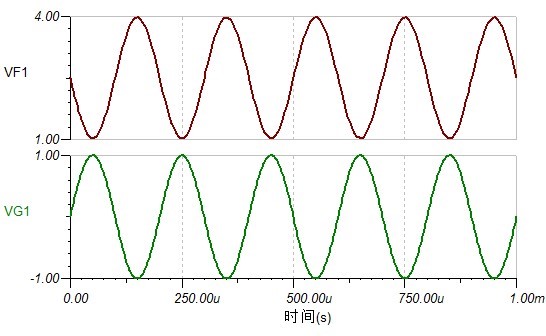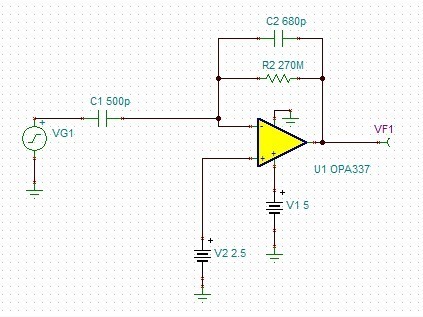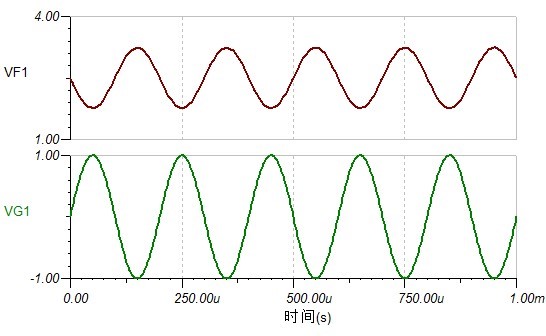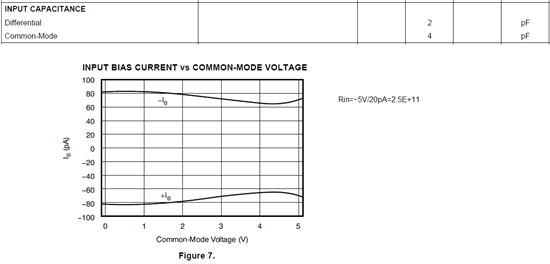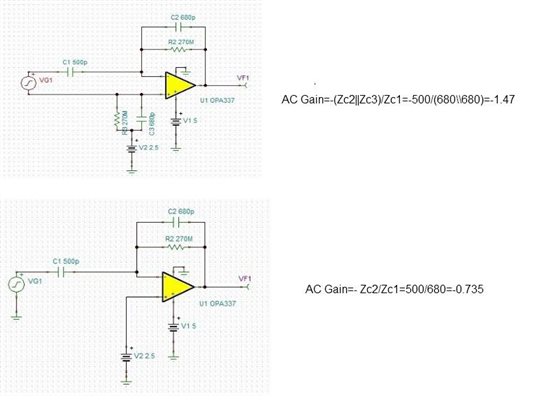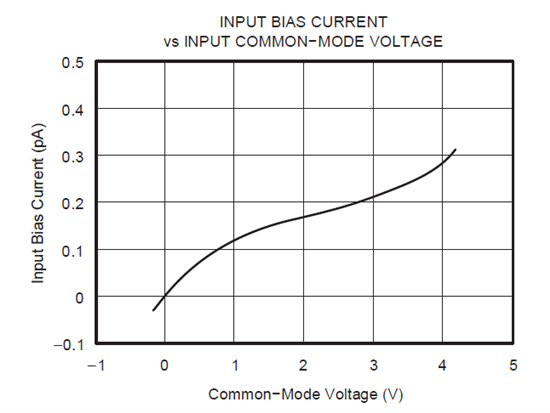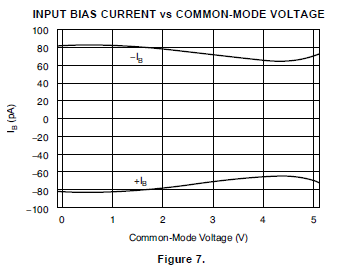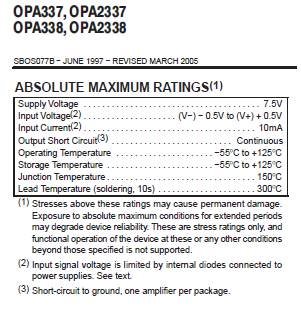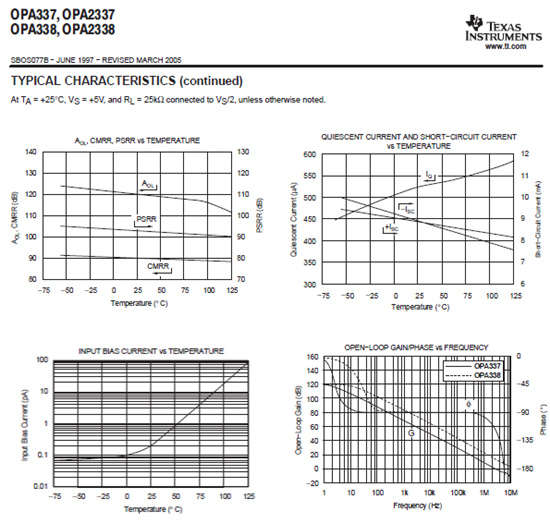I'd like to design a charge amplifier, and our Electronic components stock has opa333.
Now I am not sure whether opa333 is suitable for charge amplifier?
In the datasheet of opa333 I can not find the input inpedence of opa333?
I find one paper about technical article (zhct096.pdf)on the TI technical article, it uses opa337. what is the difference between opa333 and opa337?
I have a question in my circuit simulation.Why the simulation results of following two circuit are different?
why the gain of differential input is bigger than the single-ended input?



